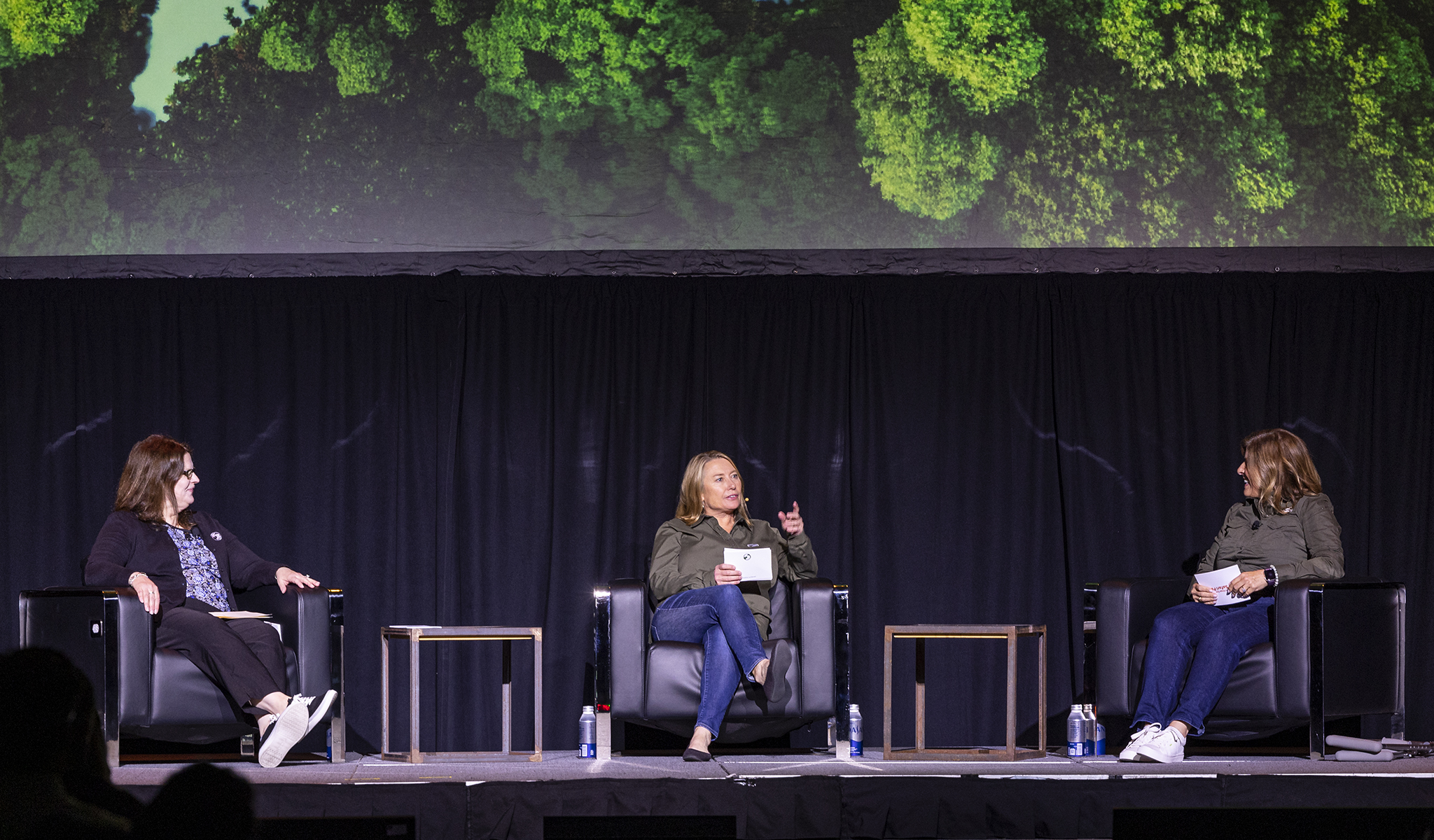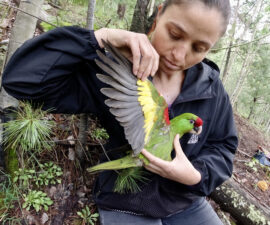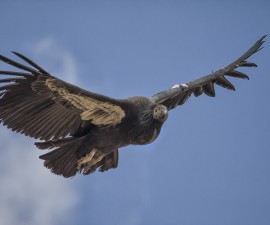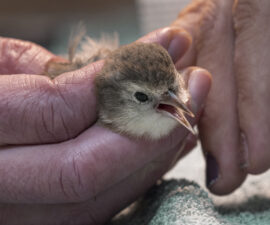To lead an international conservation organization, including two world-class zoos, it’s easy to assume that knowledge of and compassion for wildlife are paramount to our success. It might amaze you, then, to learn that while backgrounds in wildlife health and care certainly are important, our leaders, Lisa, Erika, and Nadine agree that there’s a skillset that’s even more critical to their leadership—the ability to connect with people.
San Diego Zoo Safari Park Executive Director Lisa Peterson, San Diego Zoo Executive Director Erika Kohler, and our Chief Conservation and Wildlife Health Officer Nadine Lamberski, D.V.M., Dipl. ACZM, Dipl. ECZM (ZHM) lead diverse teams of highly acclaimed wildlife health, care, and science experts. As they steer collaborative teams, both here in San Diego and internationally across five continents and vast oceans, they know that success starts with making meaningful connections.
“I think the first thing to keep in mind is,” said Lisa Peterson, San Diego Zoo Safari Park Executive Director, “we focus on wildlife and that’s absolutely why we’re here. But that said, everything that we do is really about people. I always say conservation begins with people—people create communities and communities create change. So, connecting with people is what we do first and foremost. Leading is all about people.”
At the Safari Park, Lisa said she looks to make her team proud every day. “People are looking to us for support, and for guidance as they grow,” she said. “They are counting on us to support them as they bring their whole and authentic selves to work each day. That’s our biggest responsibility, to try to show the way for all of our team members.” Whether assisting guests with selecting the perfect gift to remember lifechanging moments, to caring for a young elephant with a health challenge like EEHV, or coordinating welding efforts to make sure the Park always looks its best, every team makes a profound difference. “They are the superpower of this organization,” Lisa said. “I believe this organization has had the success that it’s had because our team will not let it fail. They just won’t—they’re so proud, they’re so passionate around this work, they won’t let us fall down if they can help it. And so, I try and remember how they’re showing up and I try to make my team proud every day.”
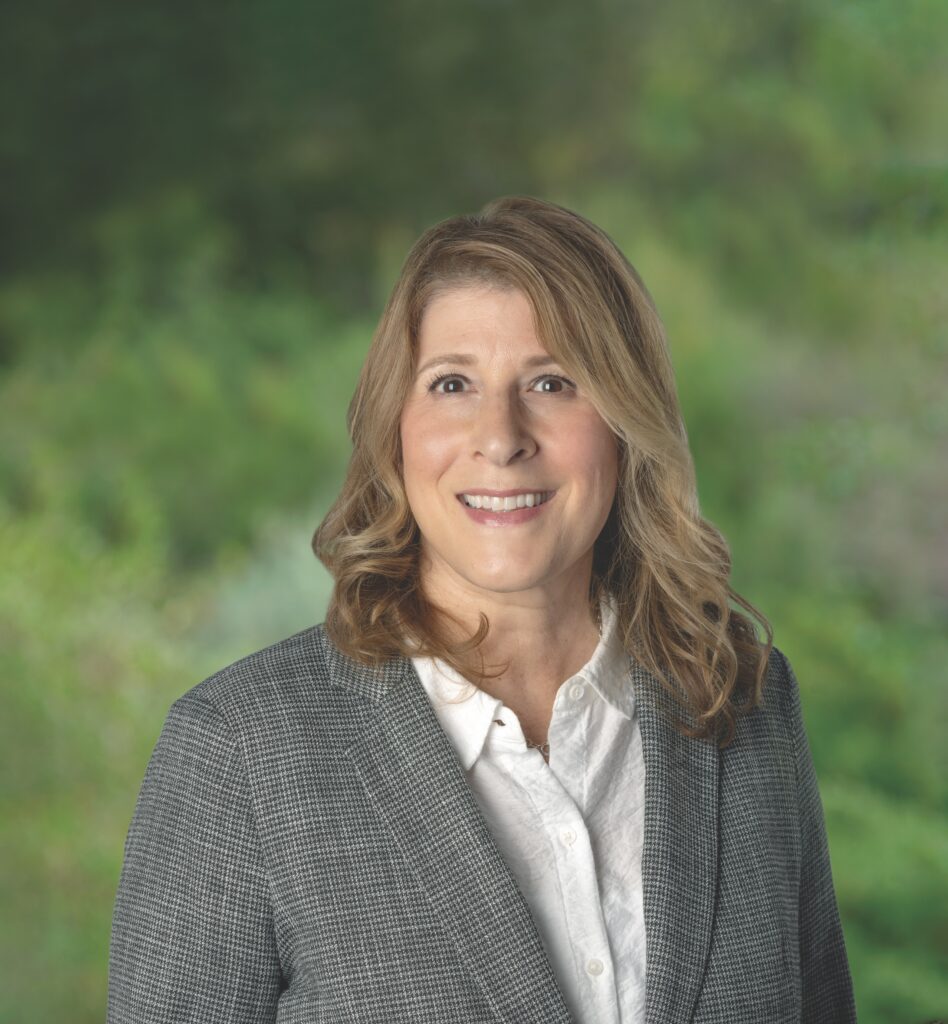
To lead the San Diego Zoo, Executive Director Erika Kohler asks herself a critical question often: “How do we empower people to do their best?” This reflection helps her to identify and remove any potential barriers to success so that every team member has the opportunities they need to try new things and reach their full potential. “By looking at the end goal and then working back we can remove roadblocks and give our team the space they need for creativity,” she says. By trusting in her team’s expertise, and ensuring they have the tools they need to thrive, Erika aims to create an environment that fosters innovation. “It’s all about supporting them,” Erika says. “They come up with brilliant ideas that inspire me every day.”
Erika also recognizes that this type of empowerment leads to more effective collaboration—a key tool for keeping the Zoo’s many departments in sync. “Operating a zoo is complex,” she said. “We are all connected and need to work together to be successful.” To foster teamwork, Erika said it’s crucial to surround yourself with the best leaders, listen, and respect their expertise. “I have 100% faith that there is nothing we cannot solve or achieve together. I truly believe that,” she said.
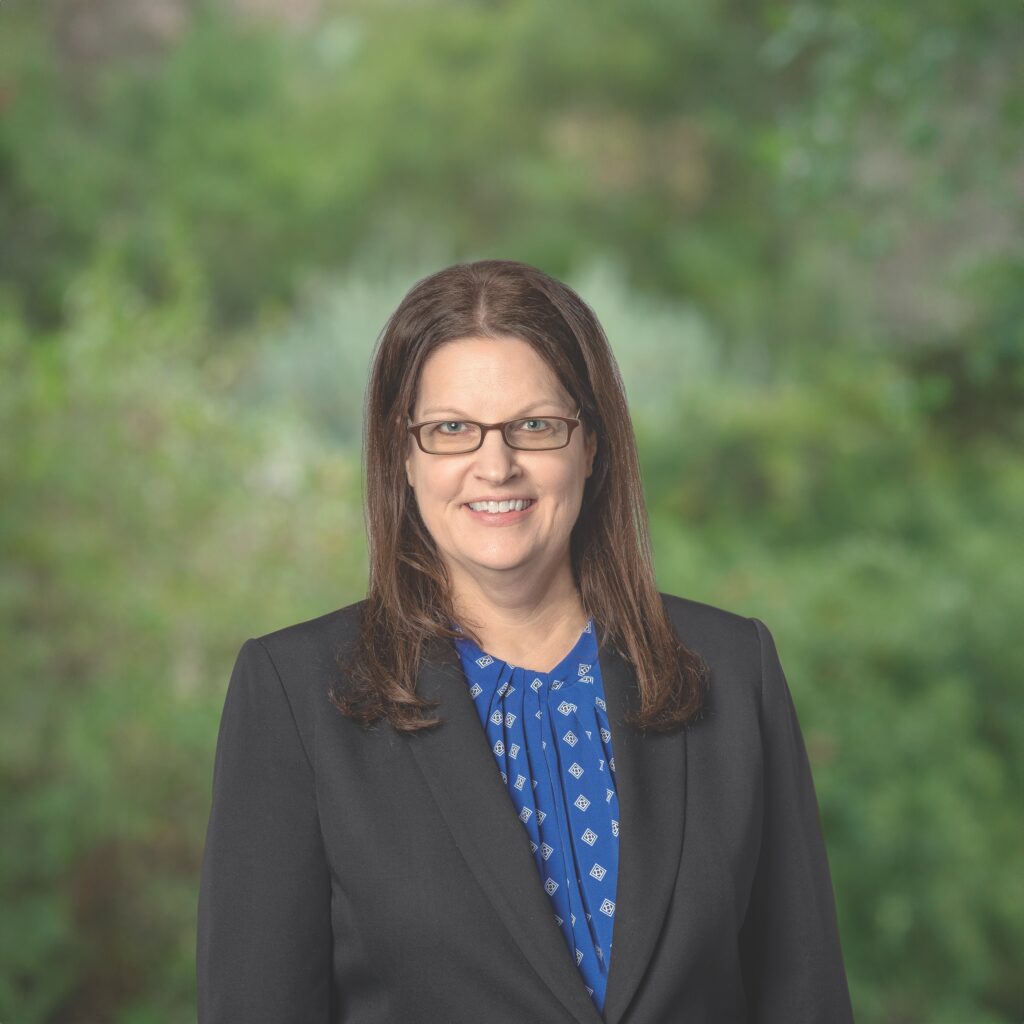
Beyond our two front doors, maximizing our impact as a global conservation organization also heavily relies upon our ability to connect with people, according to Chief Conservation and Wildlife Health Officer Nadine Lamberski. “Conservation is about people—and bringing people together requires the ability to listen to all perspectives and be open to all ways of knowing,” she said. “Understanding the beliefs and values of the stakeholders involved is critical to finding solutions that will be sustainable.”
Whether working with established partners in the United States or carving out large-scale projects abroad, it all starts with making connections with individuals at the grassroots. “’Think globally, act locally’ is a phrase familiar to us all,” said Nadine. “Conservation happens at the local level. By increasing the scope and scale of our local efforts, like we’re doing in our eight conservation hubs, we can increase our global impact.”
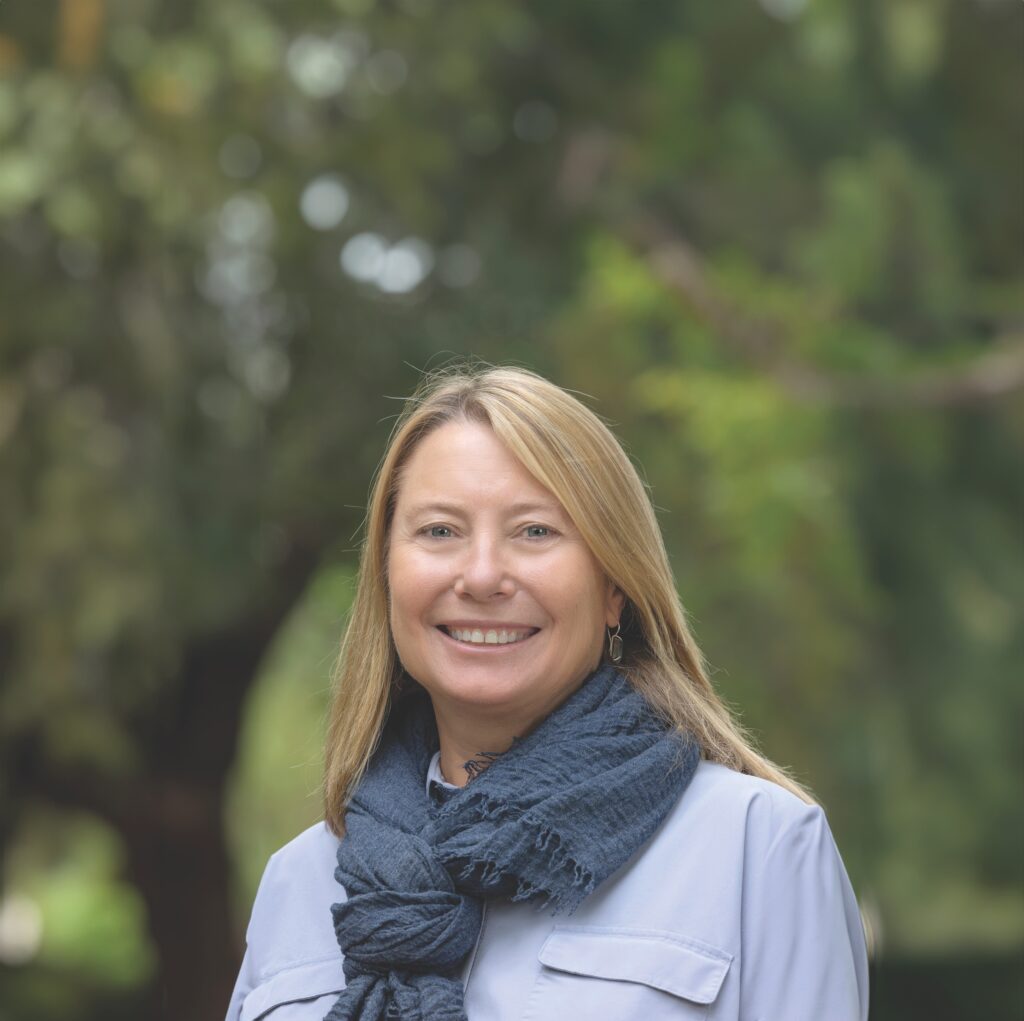
As we remain committed in our vision to create a world where all life thrives, we approach the concept of health holistically, recognizing the interconnectedness of the health of wildlife, people, and the ecosystems we share. “Human-wellbeing is an important component of our work,” Nadine said. “In addition to working with plants and animals, we enhance capacity in individuals and communities to manage their natural resources while protecting their livelihoods. Empowering people, especially younger generations, provides hope for tomorrow.”
Fortunately for us, that type of empowerment starts right here at home. As our leaders create and execute bold visions for where we’ll go tomorrow, they start with authentic and empathetic leadership. For Nadine, that means modeling commitment, focus, and impatient optimism. For Erika, collaboration, respect and trust reign supreme. And for Lisa, in addition to passion, openness, communication, and humility, collaboration plays a major role. “We don’t do this alone,” Lisa said. “If the Park is successful, it’s not because of me and it’s not specifically because of our leadership team, it’s because of everyone—everyone that we engage, we invite in, and we partner with.” In other words, to truly change the world, it takes an allied effort—a committed alliance. That’s what it takes.

